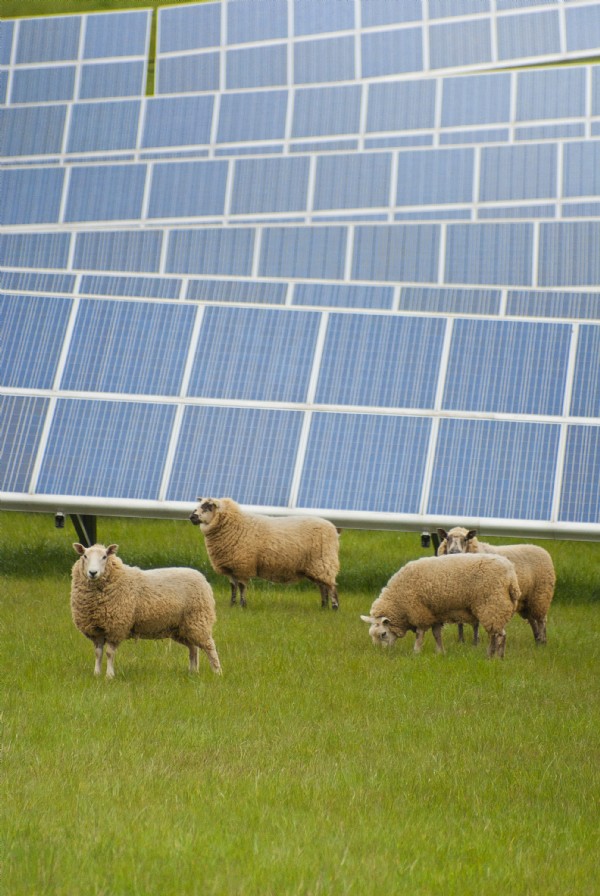For Farmers taking advantage of green energy subsidies by turning parts of their land into solar farms and contractors and developers looking for ways to repair the ground once the multiple solar photovoltaic (PV) modules have been installed.


Solar panels often known as arrays, are usually mounted 1.5- 2.5 metres above the ground, so the question is what best to grow beneath them.
We have learned that contractors require a grass sward to be low in height and slow growing to keep grassland maintenance to a minimum and we have also received enquiries concerning the best way to provide a high quality grazing forage mixture for landowners looking to gain grazing revenue by running sheep over the land and in-between the panels.
We offer several seed mixtures tailored to be used alongside a solar park project, which are designed to be both low maintenance and long term. By removing some of the taller species such as cocksfoot from the mix, we reduce the need for further management of the sward.
The tailored Long Term Grazing mixture is a useful forage mix, offering high quality sheep pasture, meaning you could use the land as a dual purpose opportunity, to rent out the land for grazing as well as for generating solar power. This mix may benefit from over seeding every 5 years to ensure the sward remains high in quality as a forage crop.
The Permanent Grassland Low Maintenance Mixture offers a lower grazing value but a much longer term solution. A diverse mix, it is very low maintenance, low in height and very long-lasting. It incorporates a variety of native species, many which are found in ancient meadows throughout the UK. It is suitable for occasional grazing or periodic topping, but has a relatively low forage value. The benefits of growing this mix however, is that it is environmentally friendly and produces a pleasant and tidy green grass which helps mitigate the visual impact of solar panels.
We can also provide a range of options that are highly beneficial for wildlife and improve the public perception of these projects. By growing wild flowers beneath your solar panels to provide habitats for bees, birds and insects you’ll not only help to lessen the impacts on the environment and thereby soften the public perception of solar farms, but also enhance the local habitat for wildlife. The Pollen and Nectar Mixtureis based on legumes and its a great way to provide a habitat rich in flowers, ideal for bees and butterflies, while the Floristically Enhanced Mixture provides a similarly beneficial habitat with delicate grasses and wild flowers. The One Year Wild Bird Seed Mixis an important survival mixture, which provides food for a range of bird species including finches, sparrows and linnets. This can be a vital source of food, especially over the harsh winter months during the ‘hungry gap’.
Natural England’s Technical Information Notes Solar Parks: Maximising Environmental Benefits lists considerations including effects on soils and soil structure, wildlife habitats and designated sites, wildlife species and the character of the landscape, all of which can be managed by use of appropriate vegetation cover.
The information goes on the explain how solar farms can in fact lead to biodiversity enhancement through the creation of grasslands and by creating pollen rich margins for bees and butterflies, a view backed a biodiversity report by the BRE National Solar Centre which shows that many species could benefit from the light and shade environment provided by solar arrays.
*NPD Solarbuzz
Author: Sam Lane
Date Posted: 30th March 2017



